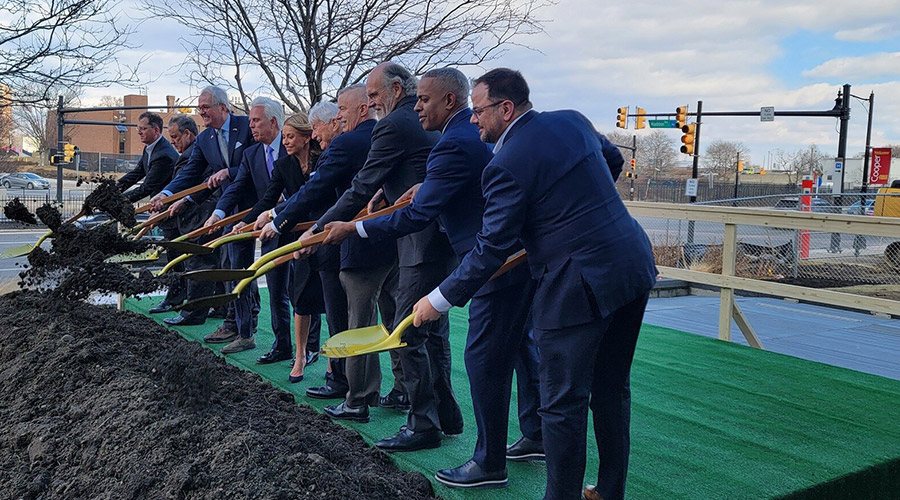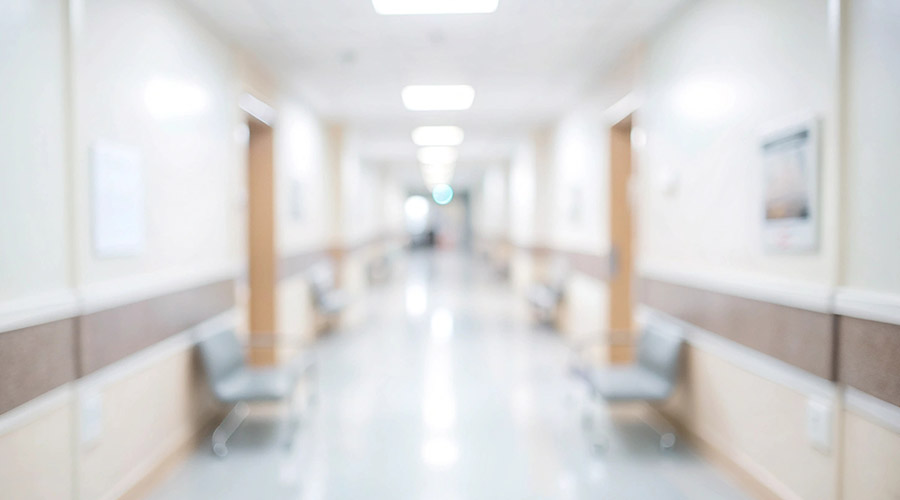At Loyola University Hospital in the Chicago suburb of Maywood, there are beds for 569 patients. With the Ronald McDonald Children's Hospital of Loyola University Medical Center housed within, there are nearly 100 beds specifically for children. When you think of a sick child in a hospital, you automatically visualize some of the most vulnerable in our community. That vulnerability is amplified in times of emergency: fire, earthquake, workplace violence.
Over the last decade, tech trends in hospitals have helped solidify both staff and patient demands for real-time access – with no space for errors. Even though hospitals are centers of life-saving technology in response to emergencies, they need to be prepared for emergencies that occur on site, as well. Hospitals and health facilities are now using technology beyond patient records and procedural research. They are using it to assist in protecting its staff, patient and visitor population before and during emergencies.
Beyond external events, medical buildings have the potential to be extremely hazardous due to the storage of chemicals and biohazards on site. Hospitals have adopted all-digital emergency response pre-plans to better assist local first responders. Updates to the property or in the population mix can be made instantly, allowing hospital managers to provide first responders instant en route and on-site access to site plans, floor plans, hazardous materials, utility shut-off locations, campus maps, fire hydrants locations, and other critical building information.
Since 2010, Loyola’s main campus has been using the digital pre-plan technology CommandScopeTM, developed by Chicago-based RealView, LLC. In 2013, Loyola expanded coverage to include the 13-building, 61-acre medical campus. Along with the hospital system, the campus includes the Loyola University Health Sciences Division which includes the Marcella Niehoff School of Nursing, Stritch School of Medicine/Cuneo Center, and the Cardinal Bernardin Cancer Center.And, most recently, Loyola has added the Center for Transitional Research and Education – a 225,000-square-foot building that will house 500 investigators, staff and trainees.
“The buildings on our medical campus also house those who are most vulnerable to building emergencies – our patients,” says Steve Bergfeld, chief operating officer, Loyola Health Sciences Division of Loyola University Chicago. “The information delivered to security area touch screens and mobile computers results in a smarter, more effective emergency response.”
Being all digital, CommandScope technology is both easy to use and shareable. That characteristic is what makes it so valuable to property owners and first responders alike. Even first responders unfamiliar with an emergency site will have working knowledge of the building, its occupants and its hazards. They are prepared to act with knowledge rather than trial and error, saving time and lives.
The Chicago suburb of Park Ridge also installed the tool in 2013to cover a wide range of buildings in the city including Lutheran General Hospital, the sixth largest hospital in the Chicago area.
“CommandScope pre-plan is a critical component of our response protocol,” said Chief Michael Zywanski. “Along with the 23-municipality geographic information system database, which has been a staple for us since 2009, CommandScope’s digital characteristics provide tremendous information not only for our firefighters, but also for mutual aid responders that may come in from neighboring municipalities.”
With the St. Louis Fire Department licensing CommandScope last year for use across the city, Shriners Hospital for Children, Barnes Jewish Hospital, Kindred Hospital and St. Louis Children’s Hospital, among others, are scheduled to be digitally pre-planned over the coming months.
In the end, the movement toward digital pre-plans of medical facilities is growing. The ease of use, the ability to update in real time, and the flexibility to share the information makes the digital pre-plan a key tool for hospitals in protecting and preserving the life of patients beyond the medicine.
Stephen Nardi is CEO of RealView LLC, developer of the CommandScope.

 Aligning Construction and Facility Activities to Minimize Problems
Aligning Construction and Facility Activities to Minimize Problems Cooper University Health Care Breaks Ground on 'Project Imagine'
Cooper University Health Care Breaks Ground on 'Project Imagine' 3 Employees Injured by Patient at Halifax Infirmary's Emergency Department
3 Employees Injured by Patient at Halifax Infirmary's Emergency Department How Architects Shape the Future of Healthcare Facilities
How Architects Shape the Future of Healthcare Facilities UNC Health, Duke Health Form Partnership for Stand-alone Children's Hospital
UNC Health, Duke Health Form Partnership for Stand-alone Children's Hospital